Your cart is currently empty!
Tag: Data Center Facilities Management
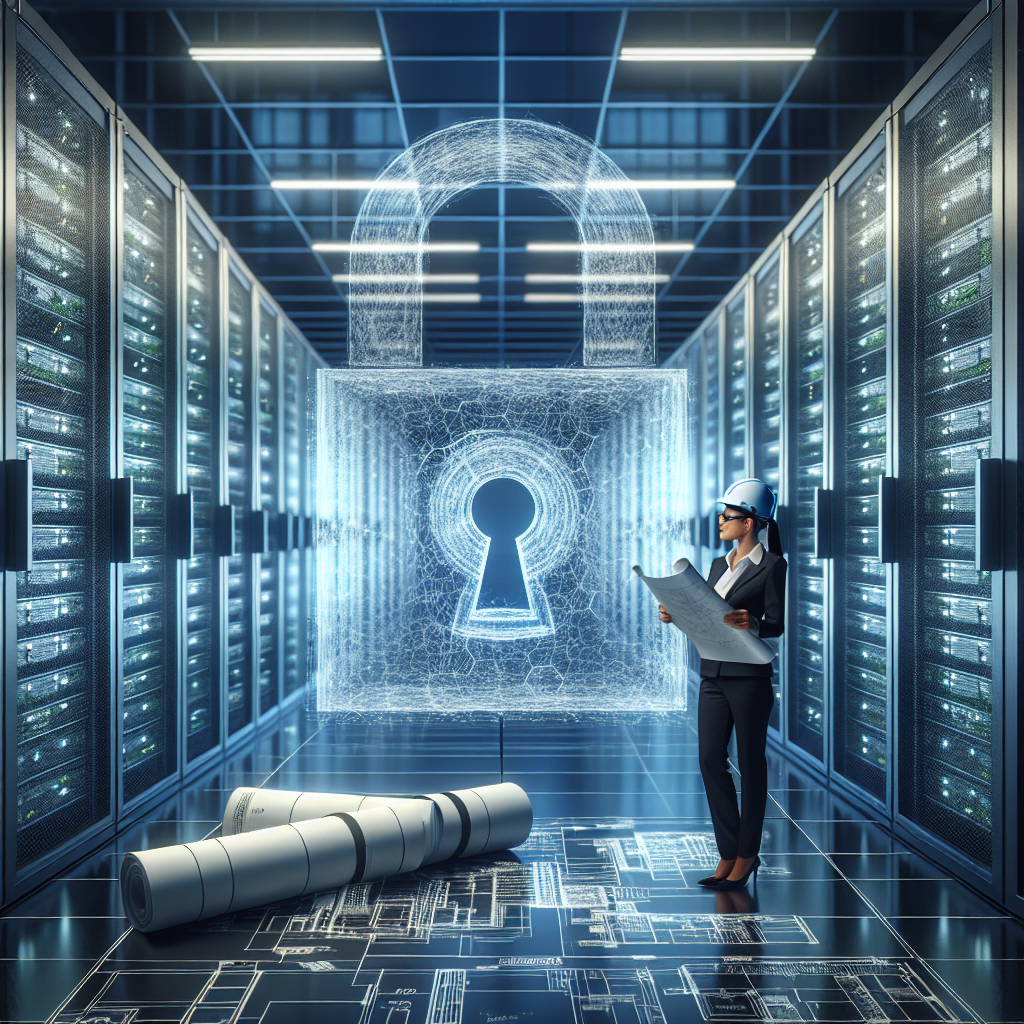
The Role of Facilities Management in Ensuring Data Center Security
Data centers play a crucial role in today’s digital age, serving as the backbone for storing, processing, and managing vast amounts of data. As organizations increasingly rely on data centers to support their operations, ensuring the security and safety of these facilities has become paramount. Facilities management plays a key role in ensuring data center security by implementing a range of measures to protect the infrastructure and data stored within.One of the primary responsibilities of facilities management in data center security is physical security. This includes implementing access controls, surveillance systems, and perimeter security measures to prevent unauthorized access to the facility. Access controls may include biometric scanners, keycard systems, and security guards to monitor and control who enters the data center. Surveillance systems, such as CCTV cameras, are used to monitor activity both inside and outside the facility, providing real-time monitoring and recording of any security incidents.
Facilities management also plays a critical role in implementing environmental controls to ensure the optimal operating conditions for the data center equipment. This includes monitoring and controlling temperature, humidity, and airflow to prevent overheating and equipment failure. Additionally, facilities management is responsible for implementing fire detection and suppression systems to protect against the risk of fire in the data center.
Another important aspect of data center security is cybersecurity, which involves protecting the data stored within the facility from unauthorized access, theft, or tampering. Facilities management works closely with IT and cybersecurity teams to implement robust security measures, such as firewalls, encryption, and intrusion detection systems, to prevent cyber attacks and data breaches.
In addition to physical and cybersecurity measures, facilities management also plays a role in disaster recovery and business continuity planning. This includes implementing backup power systems, redundant cooling systems, and emergency response plans to ensure the data center can continue to operate in the event of a power outage, natural disaster, or other disruptive event.
Overall, facilities management plays a crucial role in ensuring data center security by implementing a range of measures to protect the physical infrastructure and data stored within. By implementing robust physical security measures, environmental controls, cybersecurity measures, and disaster recovery plans, facilities management helps to safeguard the data center against potential threats and ensure the continued operation of critical business functions.
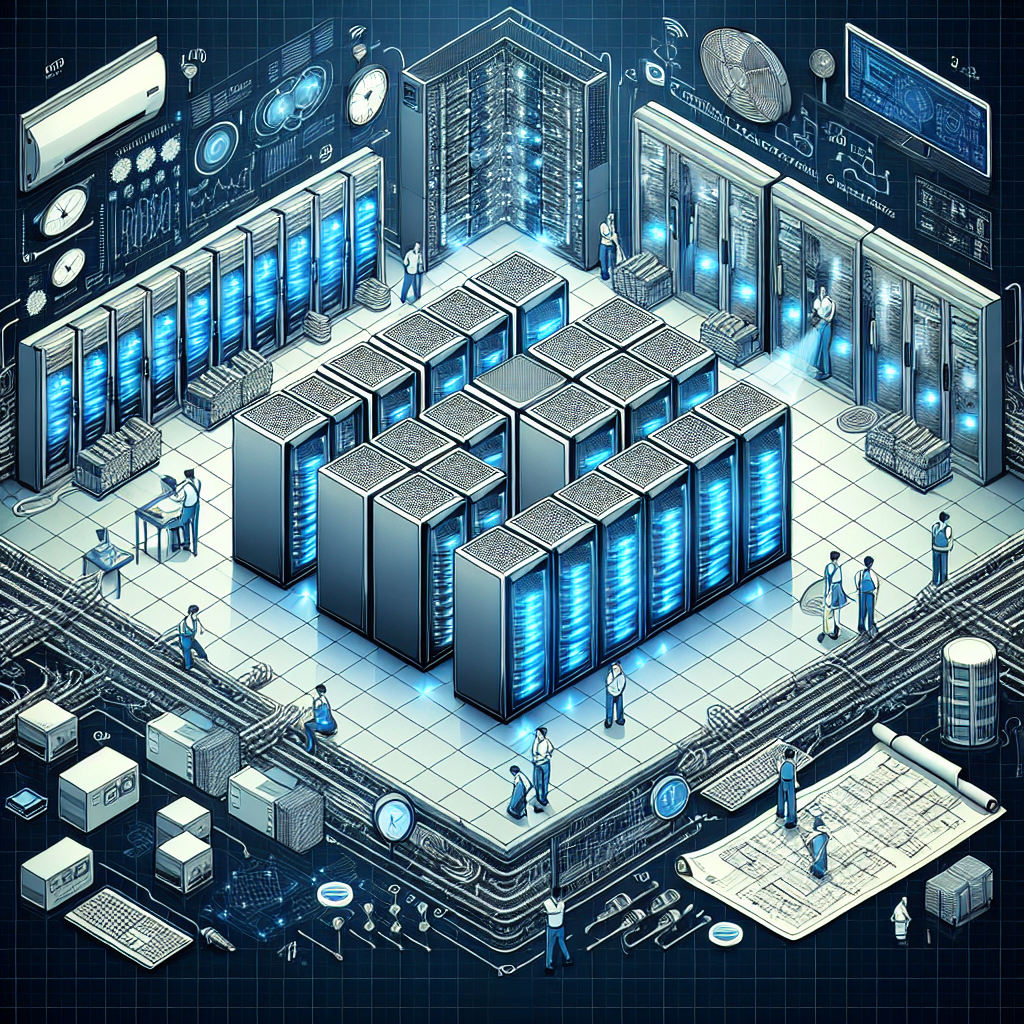
Maximizing Data Center Performance through Effective Facilities Management
In today’s digital age, data centers play a crucial role in the operations of businesses of all sizes. These facilities house the servers, storage, and networking equipment that store and process vast amounts of data. However, ensuring that a data center operates at peak performance requires more than just investing in state-of-the-art hardware and software. Effective facilities management is also essential in maximizing data center performance.Facilities management encompasses a wide range of activities, including monitoring and maintaining the physical infrastructure of the data center. This includes everything from ensuring that the cooling systems are functioning properly to managing power distribution and backup systems. By proactively managing these aspects of the data center, businesses can prevent downtime and ensure that their systems are running at optimal efficiency.
One key aspect of facilities management in data centers is cooling. The servers and other equipment in a data center generate a significant amount of heat, which can lead to overheating and equipment failure if not properly managed. By implementing a robust cooling system, businesses can ensure that their data center remains at the optimal temperature to prevent downtime and equipment damage.
In addition to cooling, power management is another critical aspect of facilities management in data centers. Power outages or fluctuations can cause serious disruptions to data center operations, potentially leading to data loss or corruption. By implementing redundant power systems and backup generators, businesses can ensure that their data center remains operational even in the event of a power outage.
Another important aspect of facilities management in data centers is monitoring and managing the physical security of the facility. Data centers house sensitive and valuable information, making them a target for cyberattacks and physical breaches. By implementing strict access controls, surveillance systems, and other security measures, businesses can protect their data center and prevent unauthorized access.
Overall, effective facilities management is essential in maximizing data center performance. By proactively managing cooling, power, and security systems, businesses can prevent downtime, ensure data integrity, and optimize the efficiency of their data center operations. Investing in facilities management is a smart move for any business that relies on their data center for critical operations.
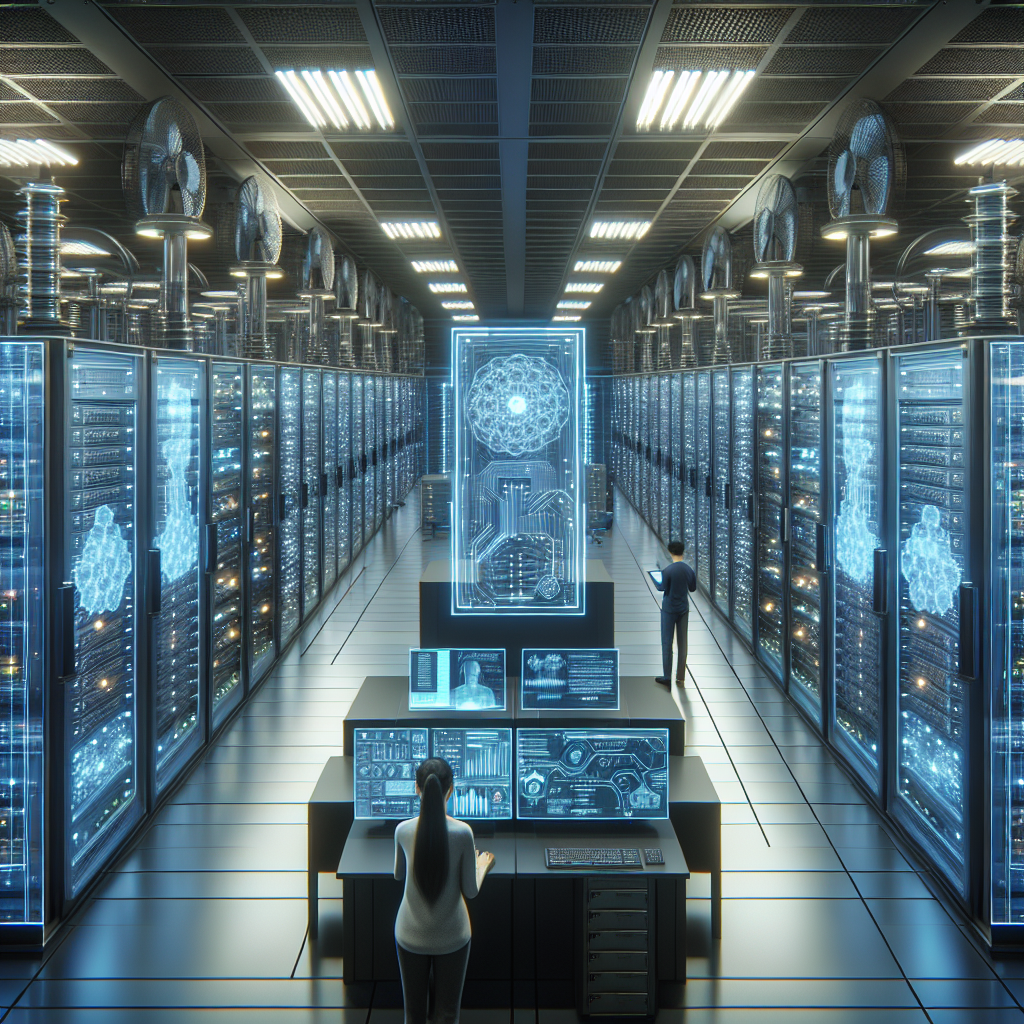
Future Directions in Data Center Facilities Management
Data centers have become an essential component of modern business operations, serving as the backbone for storing, processing, and managing vast amounts of data. As technology continues to evolve at a rapid pace, the future of data center facilities management is also evolving to meet the growing demands of businesses and consumers.One of the key trends shaping the future of data center facilities management is the adoption of automation and artificial intelligence (AI) technologies. These technologies are enabling data center operators to monitor and manage their facilities more efficiently and effectively than ever before. AI-powered systems can analyze vast amounts of data in real-time, identify potential issues before they occur, and even make proactive decisions to optimize performance and energy efficiency.
Another important trend in data center facilities management is the increasing focus on sustainability and energy efficiency. With the rise of environmental concerns and the push for businesses to reduce their carbon footprint, data center operators are looking for ways to make their facilities more environmentally friendly. This includes implementing energy-efficient cooling systems, using renewable energy sources, and adopting innovative technologies like liquid cooling to reduce energy consumption.
Data center operators are also exploring new ways to improve the reliability and resilience of their facilities. This includes investing in redundant power and cooling systems, implementing disaster recovery plans, and adopting modular designs that allow for easy scalability and upgrades. With the increasing reliance on data centers for critical business operations, ensuring uptime and reliability are more important than ever.
Furthermore, the future of data center facilities management is likely to be shaped by the continued growth of cloud computing and edge computing. As more businesses move their workloads to the cloud and rely on edge computing for real-time data processing, data center operators will need to adapt their facilities to meet the unique requirements of these technologies. This may involve building smaller, more distributed data centers closer to end-users or implementing hybrid cloud solutions that integrate on-premises and cloud resources.
In conclusion, the future of data center facilities management is set to be defined by automation, sustainability, reliability, and adaptability. By embracing new technologies, focusing on energy efficiency, and preparing for the growth of cloud and edge computing, data center operators can ensure that their facilities remain at the forefront of innovation and continue to meet the evolving needs of businesses and consumers.
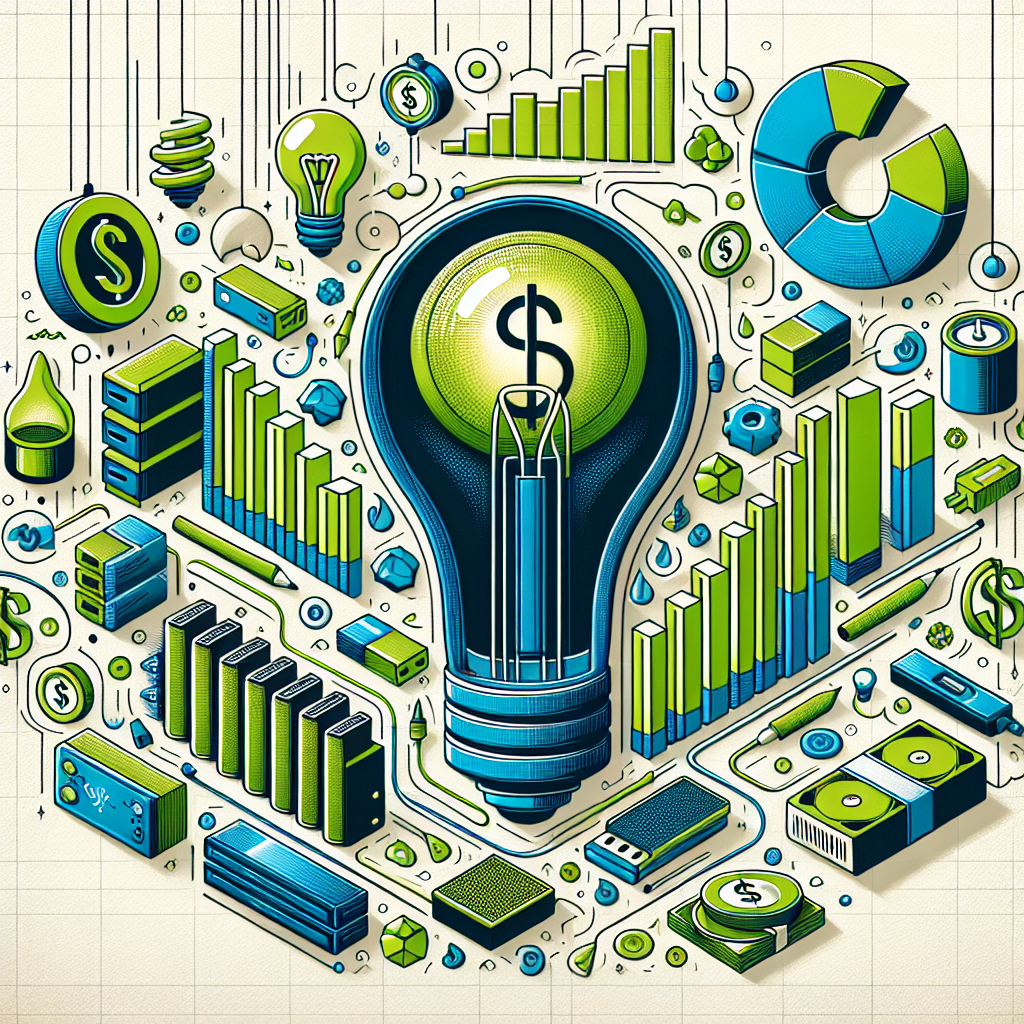
Optimizing Cost and Energy Efficiency in Data Center Facilities
Data centers are the backbone of modern technology, housing the servers and storage systems that support our digital world. However, these facilities are notorious for their high energy consumption and operating costs. In order to meet the growing demand for data processing and storage while also minimizing their environmental impact, data center operators must focus on optimizing cost and energy efficiency.One of the key factors in optimizing cost and energy efficiency in data center facilities is proper planning and design. By carefully considering factors such as server density, airflow management, and cooling systems during the design phase, operators can create a more efficient and cost-effective facility. For example, using hot aisle/cold aisle containment systems can help minimize the need for cooling and reduce energy consumption.
In addition to design considerations, data center operators must also focus on ongoing maintenance and monitoring of their facilities. Regular maintenance of equipment, such as servers and cooling systems, can help ensure optimal performance and efficiency. Monitoring energy usage and implementing energy management software can also help identify areas for improvement and optimize energy consumption.
Another key aspect of optimizing cost and energy efficiency in data center facilities is the use of renewable energy sources. By harnessing solar, wind, or geothermal energy, data center operators can reduce their reliance on traditional power sources and lower their carbon footprint. In some cases, data centers can even generate excess energy that can be sold back to the grid, providing an additional source of revenue.
Furthermore, implementing energy-efficient equipment and technologies can also help improve cost and energy efficiency in data center facilities. For example, using energy-efficient servers and storage systems, as well as optimizing virtualization and consolidation strategies, can help reduce energy consumption and operating costs. Additionally, investing in energy-efficient cooling systems, such as free cooling or liquid cooling, can further enhance efficiency and reduce the environmental impact of data centers.
In conclusion, optimizing cost and energy efficiency in data center facilities is crucial for meeting the growing demands of the digital age while also minimizing environmental impact. By focusing on proper planning and design, ongoing maintenance and monitoring, the use of renewable energy sources, and energy-efficient equipment and technologies, data center operators can create more efficient and sustainable facilities. Ultimately, by prioritizing cost and energy efficiency, data centers can not only reduce operating costs but also contribute to a greener and more sustainable future.
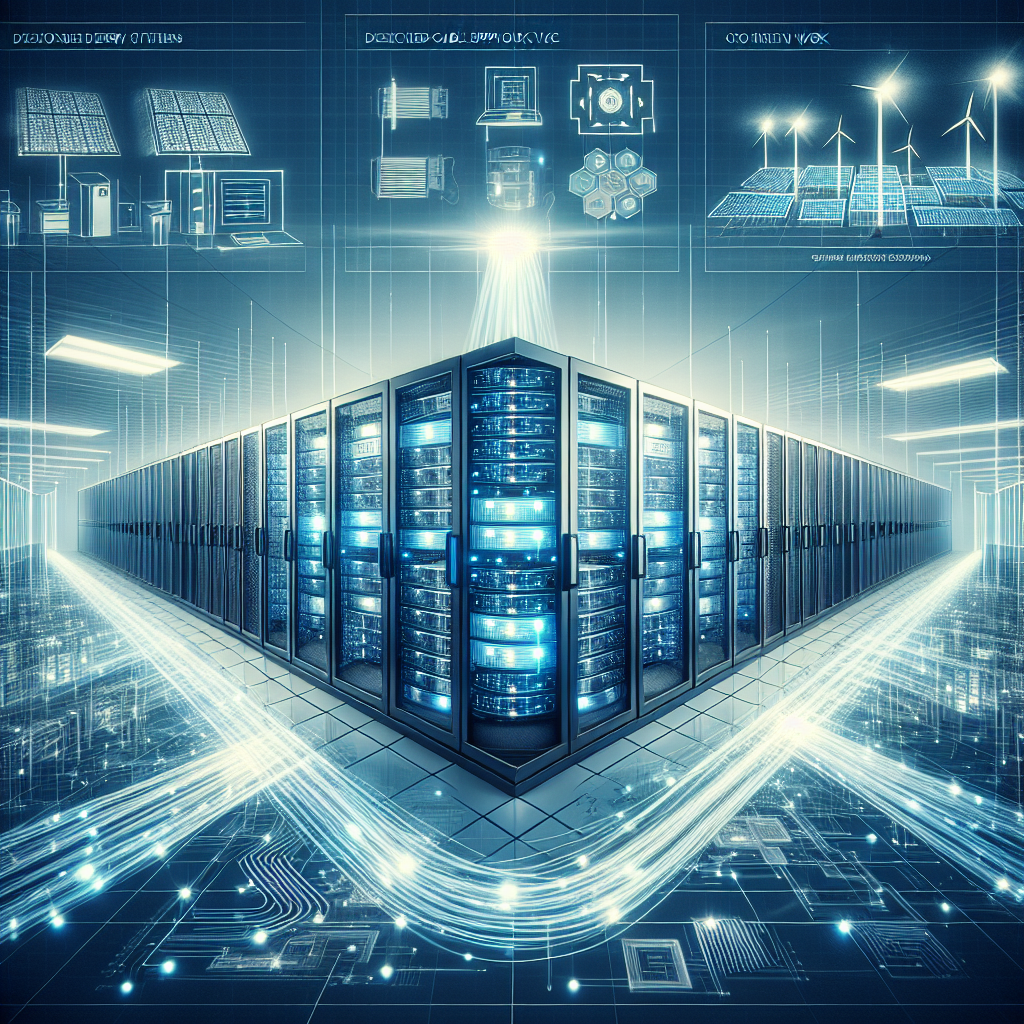
Improving Data Center Efficiency through Effective Facilities Management
Data centers are the backbone of modern businesses, housing the servers, storage, and networking equipment that support mission-critical applications and processes. With the growing demand for data processing and storage, data centers are under increasing pressure to improve efficiency and reduce operating costs. One key way to achieve this is through effective facilities management.Facilities management encompasses a wide range of activities, including monitoring and controlling the physical environment of the data center, such as temperature, humidity, and airflow. By optimizing these factors, data center operators can improve energy efficiency and reduce cooling costs. In fact, studies have shown that as much as 40% of a data center’s energy consumption is used for cooling purposes.
One effective strategy for improving data center efficiency is implementing a hot and cold aisle containment system. This involves segregating the hot and cold air streams within the data center, ensuring that cooling is delivered only where it is needed. By reducing the mixing of hot and cold air, data center operators can achieve significant energy savings and improve the overall efficiency of the cooling system.
In addition to optimizing airflow, data center operators can also improve efficiency by implementing virtualization and consolidation strategies. By reducing the number of physical servers and storage devices, businesses can lower energy consumption and operating costs while still meeting their performance requirements. Virtualization also enables businesses to scale their IT infrastructure more efficiently, allowing for greater flexibility and agility.
Another important aspect of facilities management is monitoring and managing power usage. By tracking energy consumption in real-time, data center operators can identify inefficiencies and implement strategies to reduce waste. This can include deploying energy-efficient hardware, optimizing power distribution, and implementing power management software to control energy usage more effectively.
Furthermore, regular maintenance and proactive monitoring of data center equipment are essential for ensuring optimal performance and efficiency. By conducting routine inspections and preventive maintenance, businesses can identify and address potential issues before they become major problems, minimizing downtime and maximizing uptime.
Ultimately, effective facilities management is crucial for improving data center efficiency and reducing operating costs. By optimizing airflow, implementing virtualization and consolidation strategies, monitoring power usage, and conducting regular maintenance, businesses can achieve significant energy savings and enhance the overall performance of their data centers. In today’s competitive business environment, investing in facilities management is a smart decision that can deliver long-term benefits for businesses of all sizes.

Data Center Facilities Management: A Comprehensive Guide for IT Professionals
Data centers are the backbone of modern IT infrastructure, housing the servers, storage, and networking equipment that power businesses and organizations around the world. With the ever-increasing reliance on technology, the importance of effective data center facilities management cannot be overstated. In this comprehensive guide, we will explore the key aspects of data center facilities management and provide IT professionals with the knowledge and tools they need to ensure the smooth operation of their data center facilities.1. Understanding Data Center Facilities Management
Data center facilities management encompasses a wide range of tasks and responsibilities, including the maintenance and operation of the physical infrastructure of the data center. This includes ensuring the proper functioning of cooling systems, power distribution, and security measures, as well as managing equipment installations and upgrades.
Effective facilities management is crucial for ensuring the reliability, availability, and performance of the data center. By implementing best practices in facilities management, IT professionals can minimize downtime, improve energy efficiency, and optimize the use of resources.
2. Key Components of Data Center Facilities Management
There are several key components of data center facilities management that IT professionals need to be aware of:
– Cooling systems: Proper cooling is essential for maintaining the optimal operating temperature of servers and other equipment in the data center. IT professionals should regularly monitor and maintain cooling systems to prevent overheating and ensure the reliable operation of equipment.
– Power distribution: Data centers require a reliable and redundant power supply to ensure uninterrupted operation. IT professionals should implement backup power systems, such as uninterruptible power supplies (UPS) and generators, to protect against power outages and ensure continuity of operations.
– Security measures: Data centers house sensitive and valuable information, making security a top priority. IT professionals should implement physical security measures, such as access controls and surveillance cameras, to protect against unauthorized access and prevent data breaches.
– Equipment management: IT professionals are responsible for managing the installation, maintenance, and decommissioning of equipment in the data center. This includes conducting regular inspections, performing preventive maintenance, and coordinating equipment upgrades to ensure optimal performance.
3. Best Practices in Data Center Facilities Management
To effectively manage data center facilities, IT professionals should follow best practices in facilities management. Some key best practices include:
– Regular maintenance: Regularly inspecting and maintaining cooling systems, power distribution, and other critical infrastructure components is essential for preventing failures and minimizing downtime.
– Monitoring and analytics: Implementing monitoring tools and analytics software can help IT professionals track the performance of data center facilities, identify potential issues, and make informed decisions for optimizing operations.
– Disaster recovery planning: Developing a comprehensive disaster recovery plan is crucial for ensuring business continuity in the event of a data center outage or disaster. IT professionals should regularly test and update their disaster recovery plans to ensure readiness.
– Environmental sustainability: Implementing energy-efficient practices, such as using server virtualization and optimizing cooling systems, can help reduce energy consumption and lower operating costs in the data center.
In conclusion, data center facilities management is a critical aspect of IT operations that requires careful planning, monitoring, and maintenance. By following best practices in facilities management and staying informed about the latest trends and technologies, IT professionals can ensure the reliable and efficient operation of their data center facilities.
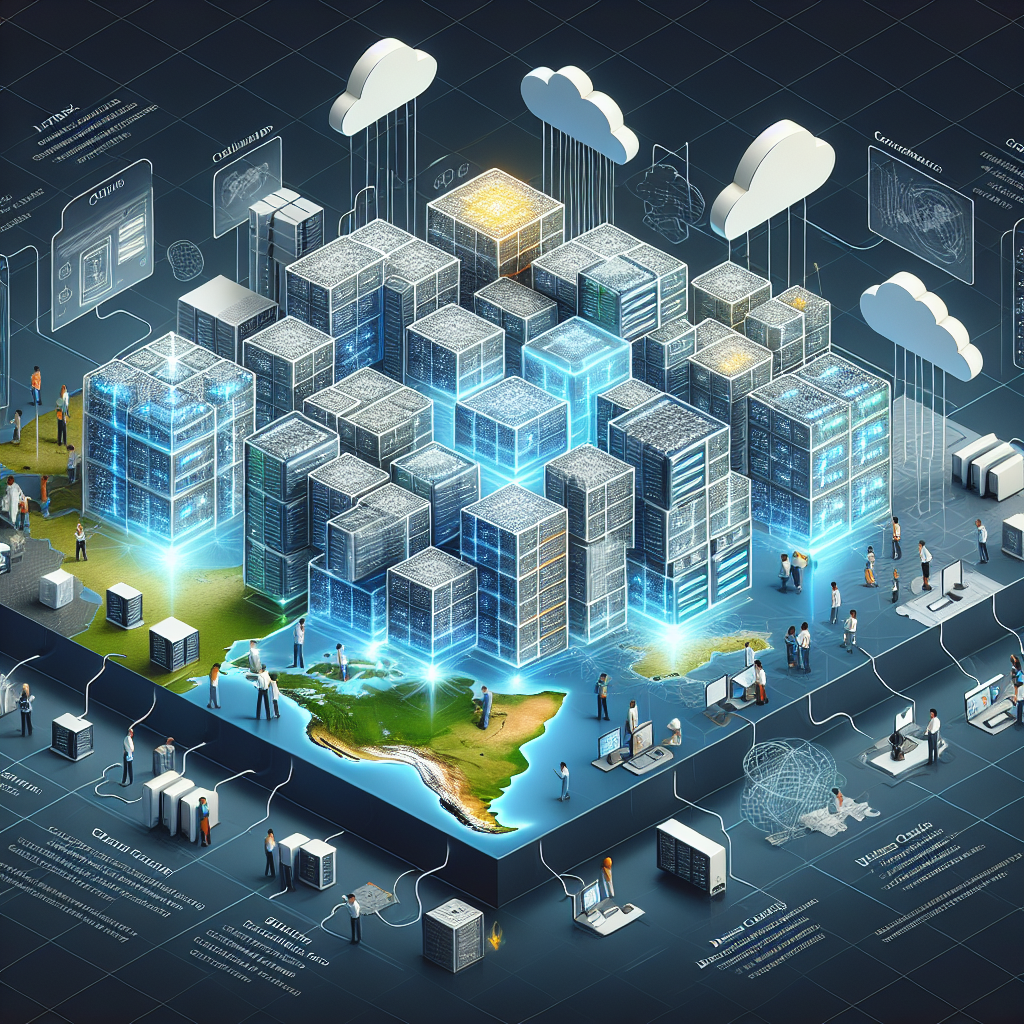
The Impact of Data Center Facilities Management on Business Continuity and Disaster Recovery
Data center facilities management plays a crucial role in ensuring the smooth operation of businesses and the protection of critical data. In today’s digital age, where data is king, businesses rely heavily on data centers to store, process, and manage their information. As such, any disruption to data center operations can have a significant impact on business continuity and disaster recovery efforts.Business continuity refers to the ability of an organization to continue operating in the event of a disruption, such as a natural disaster, cyberattack, or equipment failure. Disaster recovery, on the other hand, refers to the process of restoring operations after a disruption has occurred. Both business continuity and disaster recovery are essential components of a company’s overall risk management strategy, and data center facilities management plays a critical role in ensuring their effectiveness.
One of the key ways in which data center facilities management impacts business continuity and disaster recovery is through proactive monitoring and maintenance. Data centers house a vast array of equipment, including servers, storage devices, networking equipment, and cooling systems. Regular monitoring and maintenance of these systems are essential to identify potential issues before they escalate into full-blown problems that could disrupt operations. By implementing a proactive approach to facilities management, businesses can minimize the risk of downtime and ensure that critical systems remain operational in the face of unforeseen events.
In addition to proactive monitoring and maintenance, data center facilities management also involves creating and implementing comprehensive disaster recovery plans. These plans outline the steps that will be taken to restore operations in the event of a disruption, such as data loss, equipment failure, or a natural disaster. By working closely with IT teams and other stakeholders, facilities managers can ensure that these plans are robust and effective, minimizing the impact of any disruptions on business operations.
Furthermore, data center facilities management also plays a crucial role in ensuring the security of critical data. Data centers store sensitive information, including customer data, financial records, and intellectual property. Any breach of this data could have serious consequences for a business, including reputational damage, financial loss, and legal repercussions. By implementing robust security measures, such as access controls, encryption, and monitoring tools, facilities managers can help safeguard this data and protect it from cyberattacks and other threats.
In conclusion, data center facilities management has a significant impact on business continuity and disaster recovery efforts. By implementing proactive monitoring and maintenance, creating comprehensive disaster recovery plans, and ensuring the security of critical data, facilities managers can help businesses mitigate the risks associated with disruptions and ensure the smooth operation of their operations. As businesses continue to rely on data centers for their digital infrastructure, the role of facilities management in ensuring continuity and recovery will only become more critical.
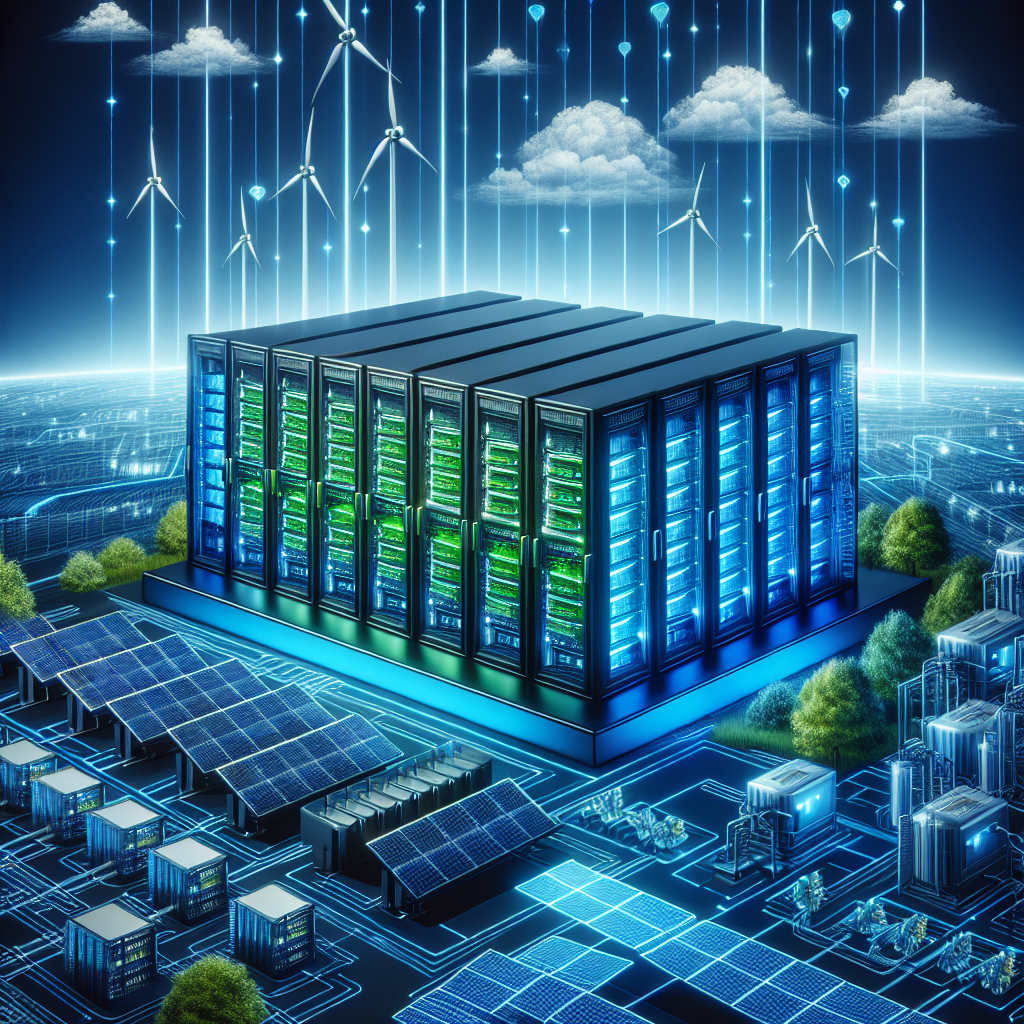
Strategies for Sustainable Data Center Facilities Management
In today’s digital age, data centers play a crucial role in storing and managing vast amounts of information for businesses and organizations. However, the operation of data centers can be resource-intensive, leading to high energy consumption and environmental impact. To address these challenges, sustainable data center facilities management strategies have become increasingly important.One of the key strategies for sustainable data center facilities management is improving energy efficiency. Data centers are known for their high energy consumption, so implementing energy-efficient practices can significantly reduce their environmental footprint. This can include using energy-efficient cooling systems, optimizing server utilization, and implementing virtualization technologies to consolidate servers and reduce energy usage.
Another important strategy is using renewable energy sources to power data centers. By investing in renewable energy sources such as solar, wind, or hydro power, data centers can reduce their reliance on fossil fuels and lower their carbon emissions. Some organizations have even gone as far as building their data centers in locations with abundant renewable energy resources to maximize their sustainability efforts.
In addition to energy efficiency and renewable energy, water conservation is another critical aspect of sustainable data center facilities management. Data centers require a significant amount of water for cooling systems and other operations, so implementing water-efficient technologies and practices can help minimize water usage and reduce environmental impact.
Furthermore, proper waste management is essential for sustainable data center facilities management. Data centers generate a substantial amount of electronic waste, so implementing recycling programs and responsible disposal practices can help minimize the environmental impact of e-waste.
Lastly, monitoring and measuring key performance indicators (KPIs) are crucial for evaluating the effectiveness of sustainable data center facilities management strategies. By tracking metrics such as energy usage, carbon emissions, water consumption, and waste generation, data center operators can identify areas for improvement and make informed decisions to enhance sustainability efforts.
In conclusion, sustainable data center facilities management is essential for reducing the environmental impact of data centers and ensuring their long-term viability. By implementing energy-efficient practices, using renewable energy sources, conserving water, managing waste responsibly, and monitoring KPIs, data center operators can enhance their sustainability efforts and contribute to a more environmentally friendly future.
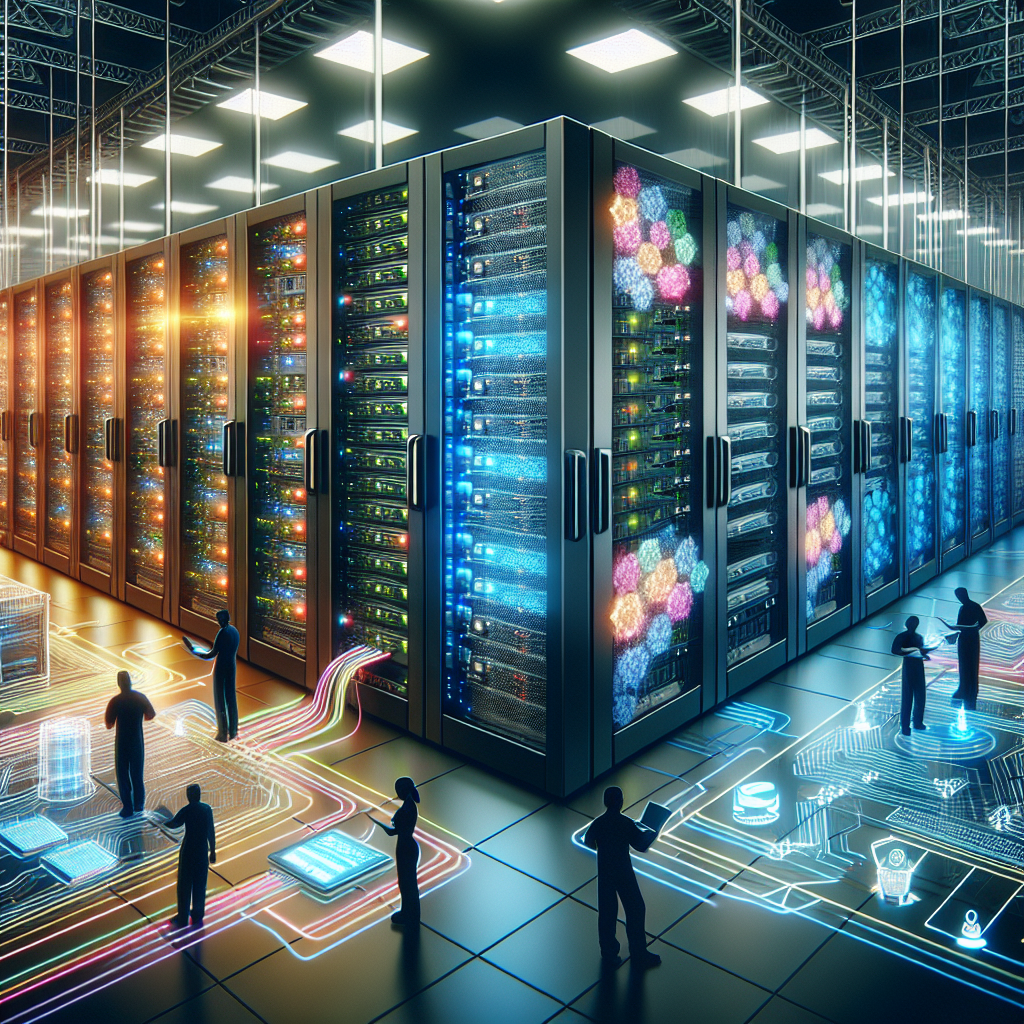
Data Center Facilities Management: Trends and Innovations in the Industry
Data center facilities management is an essential aspect of the IT industry, as these facilities house the critical infrastructure that supports the digital operations of businesses around the world. With the increasing demand for data storage and processing capabilities, data center facilities management has become more important than ever before. In this article, we will explore some of the latest trends and innovations in the industry that are shaping the way data centers are managed and operated.One of the key trends in data center facilities management is the increasing focus on energy efficiency and sustainability. As data centers consume a significant amount of energy, companies are under pressure to reduce their carbon footprint and minimize their environmental impact. To address this challenge, data center operators are adopting innovative solutions such as advanced cooling systems, energy-efficient servers, and renewable energy sources like solar and wind power. By implementing these measures, data center facilities can reduce their energy consumption and operating costs while also contributing to a more sustainable future.
Another trend in data center facilities management is the growing adoption of automation and artificial intelligence (AI) technologies. These technologies are being used to streamline and optimize the management of data center facilities, enabling operators to monitor and control various aspects of the facility remotely and in real-time. AI-powered analytics tools are also being used to predict and prevent potential issues before they occur, helping to improve the reliability and performance of data center operations.
In addition to energy efficiency and automation, data center facilities management is also evolving to meet the increasing demand for connectivity and scalability. With the rise of cloud computing and edge computing technologies, data centers are becoming more distributed and interconnected than ever before. This has led to the development of innovative solutions such as micro data centers, modular data centers, and edge data centers, which are designed to support the rapid deployment of IT infrastructure in remote locations and at the network edge.
Overall, the data center facilities management industry is undergoing a period of rapid transformation, driven by the need for greater efficiency, sustainability, and scalability. By embracing these trends and innovations, data center operators can ensure that their facilities are well-equipped to meet the growing demands of the digital economy. As technology continues to evolve, it will be exciting to see what new developments emerge in the field of data center facilities management in the years to come.
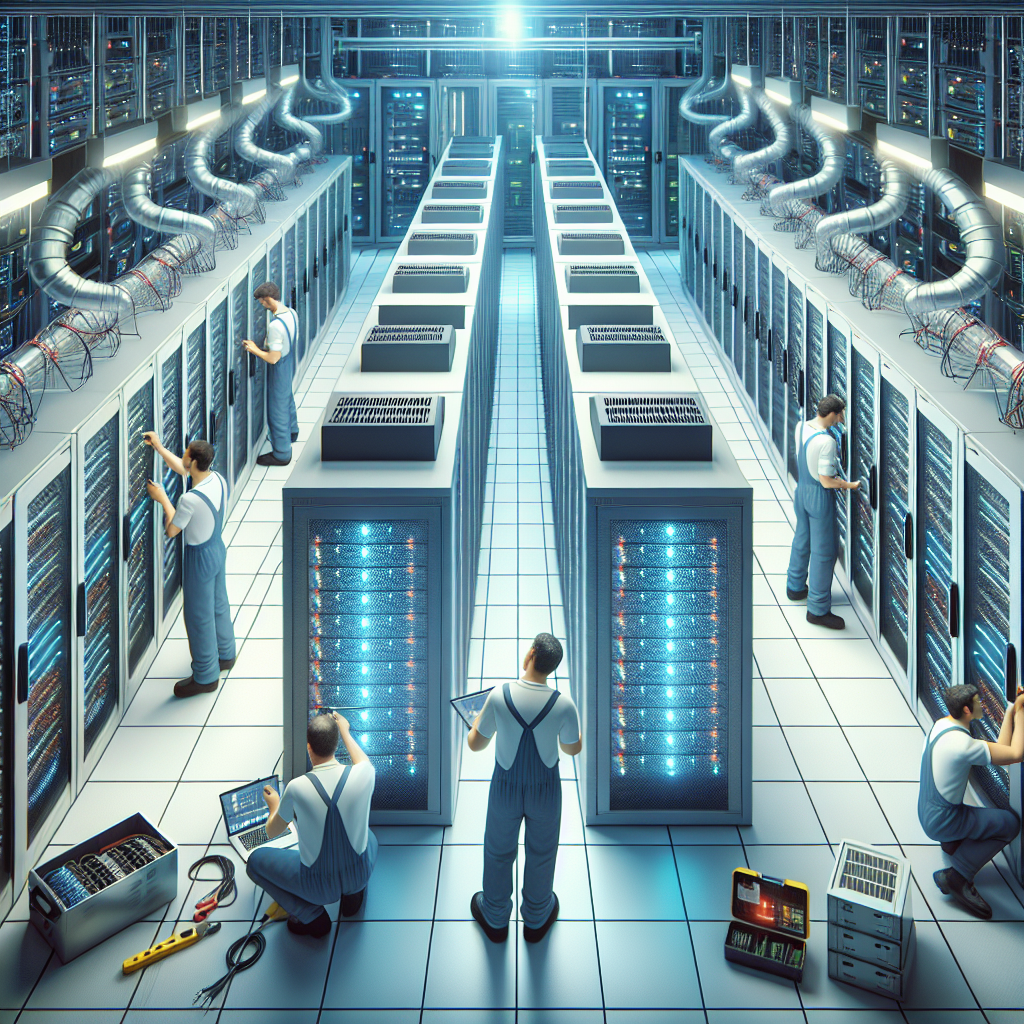
Best Practices for Data Center Facilities Management: Maximizing Uptime and Reliability
Data centers are the backbone of modern businesses, serving as the hub for storing and processing critical data and applications. With the increasing reliance on technology, it has become more important than ever for data center facilities to be managed effectively to ensure maximum uptime and reliability. In this article, we will explore some best practices for data center facilities management that can help organizations achieve this goal.1. Regular Maintenance and Inspections
One of the most important aspects of data center facilities management is regular maintenance and inspections. This includes routine checks on power systems, cooling systems, and other critical infrastructure components to identify any potential issues before they escalate into major problems. By conducting regular inspections and addressing any issues promptly, organizations can minimize the risk of downtime and ensure the reliability of their data center operations.
2. Implementing Redundancy
Another key best practice for data center facilities management is implementing redundancy in critical systems. This includes having backup power sources, cooling systems, and network connections to ensure that there is no single point of failure that could disrupt operations. By having redundant systems in place, organizations can maintain uptime even in the event of a hardware failure or other unforeseen event.
3. Monitoring and Performance Optimization
Monitoring is essential for data center facilities management, as it allows organizations to track the performance of their infrastructure and identify any bottlenecks or potential issues. By implementing monitoring tools and regularly analyzing performance data, organizations can optimize their data center operations to ensure maximum efficiency and reliability.
4. Disaster Recovery Planning
Disaster recovery planning is a crucial best practice for data center facilities management, as it ensures that organizations have a plan in place to recover quickly in the event of a disaster or outage. This includes having backups of critical data and applications, as well as a plan for how to restore operations in the event of a major incident. By having a robust disaster recovery plan in place, organizations can minimize the impact of downtime and ensure the continuity of their business operations.
5. Training and Certification
Finally, training and certification are important aspects of data center facilities management, as they ensure that staff are knowledgeable and skilled in managing and maintaining critical infrastructure components. By investing in training and certification programs for data center staff, organizations can ensure that their team has the expertise needed to effectively manage their data center facilities and maximize uptime and reliability.
In conclusion, effective data center facilities management is essential for ensuring the uptime and reliability of critical infrastructure components. By following best practices such as regular maintenance and inspections, implementing redundancy, monitoring performance, disaster recovery planning, and investing in training and certification, organizations can optimize their data center operations and minimize the risk of downtime. By adopting these best practices, organizations can ensure that their data center facilities are well-managed and prepared to meet the demands of today’s technology-driven business environment.
